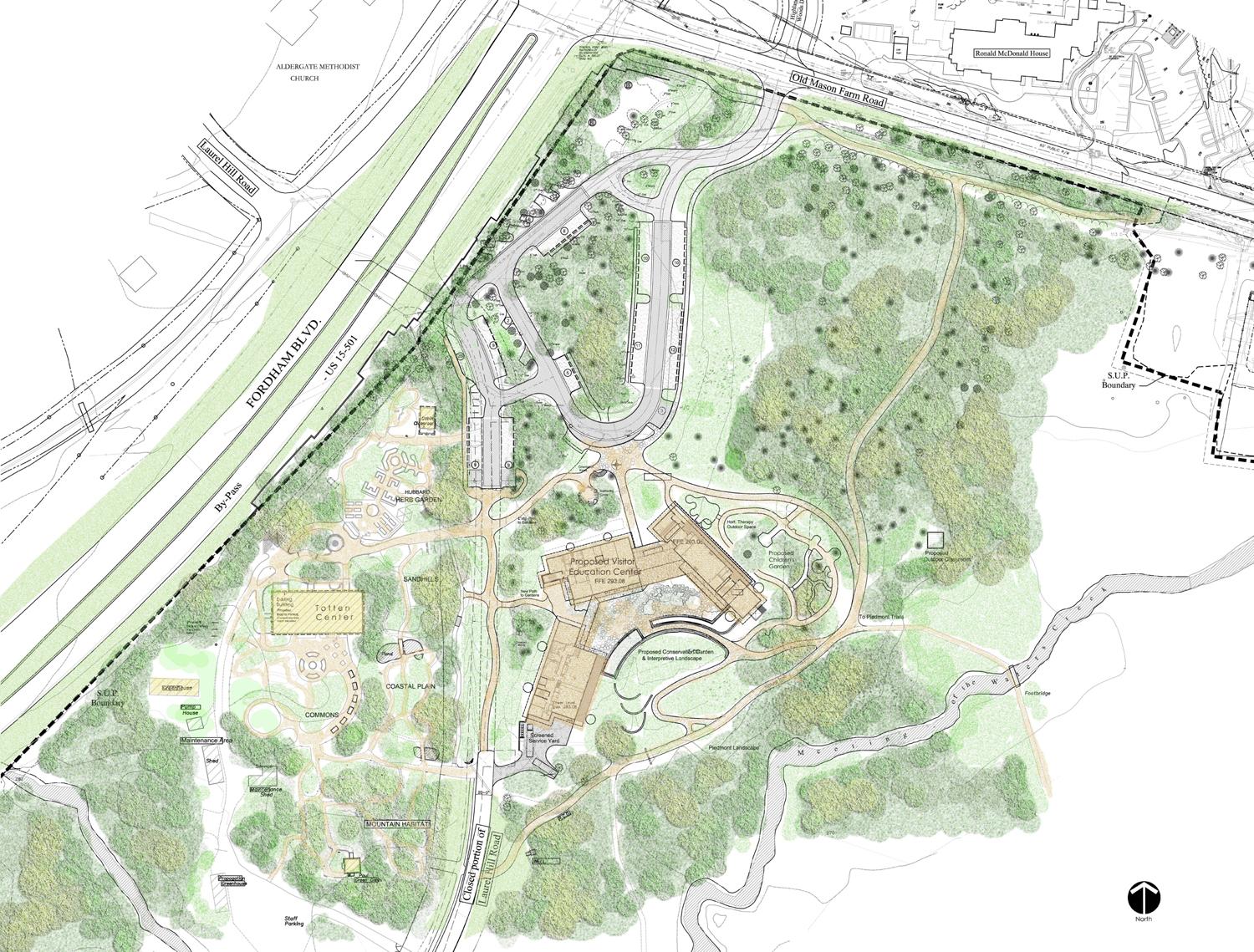To wing your way down to Vieques Island in the Caribbean, you must first fly into San Juan and climb aboard a Cessna 402C, a twin-engine piston aircraft operated by Cape Air, an outfit that’s actually based up in Hyannis, Mass.
Then, along with eight other passengers and a skilled pilot, you’ll enjoy a 22-minute ride – a floating dream-state, really – from island to island.
Spread out before you first will be San Juan, with its bright white beaches offset by the riveting turquoise and deep blues of the Atlantic. In the distance you’ll see a hilly green slip of land, five miles wide and 21 miles long. Your pilot will hang a left, lower his flaps, and if he’s very good, make a perfect three-point landing on a tiny airstrip.
Prepare to be astounded.
“There’s no fast food, no traffic lights, two gas stations and one bank,” says Letty Perez of Tiani Tours and Transportation. “That’s what people come here for – the untouched natural state. Why spoil it?”
Indeed.
Archeological digs on Vieques have yielded 2,000-year-old bones and spices that suggest it was once an important link in the trade route between natives in South America and islands north. The Spanish arrived in 1493 on Christopher Columbus’s second voyage, and eventually built a fort. Then came the French in 1832, importing African slaves for their sugar cane plantations.
By the late 1930s, the bottom dropped out of the sugar market, and the plantations were abandoned. By 1939, however, a savior – of sorts – arrived. The United States, which had acquired the island with the rest of Puerto Rico after the Spanish-American War, elected to turn the tiny island into a bombing range for its navy. For 60 years, sailors and marines pounded it mercilessly, staging mock invasions in between the battleships’ volleys.
Then things turned dicey.
“In April 1999, they shelled an observation post by mistake,” Perez says. “One native civilian guard was killed, and that started civil disobedience protests.”
Robert Kennedy, Jr. and Al Sharpton came down to join in the protests 2001, and the rest is history.
The navy pulled out and then began a long and laborious process of cleaning up its unexploded ordnance, which continues to this day on restricted sections of the island.
But it also turned over huge portions of land – much of it beachfront on the Caribbean, to be managed by the U. S. Department of Fish and Wildlife.
“The entire eastern side of the island, about 18,000 acres, went to Fish and Wildlife,” Perez says. “Now it’s the biggest wildlife refuge in the Caribbean. There’s no development. It’s a park for everybody.”
And an Eden of sorts for the visitor resourceful enough to see it now – before civilization arrives.
For information on where to stay, go here
[slideshow id=788]

